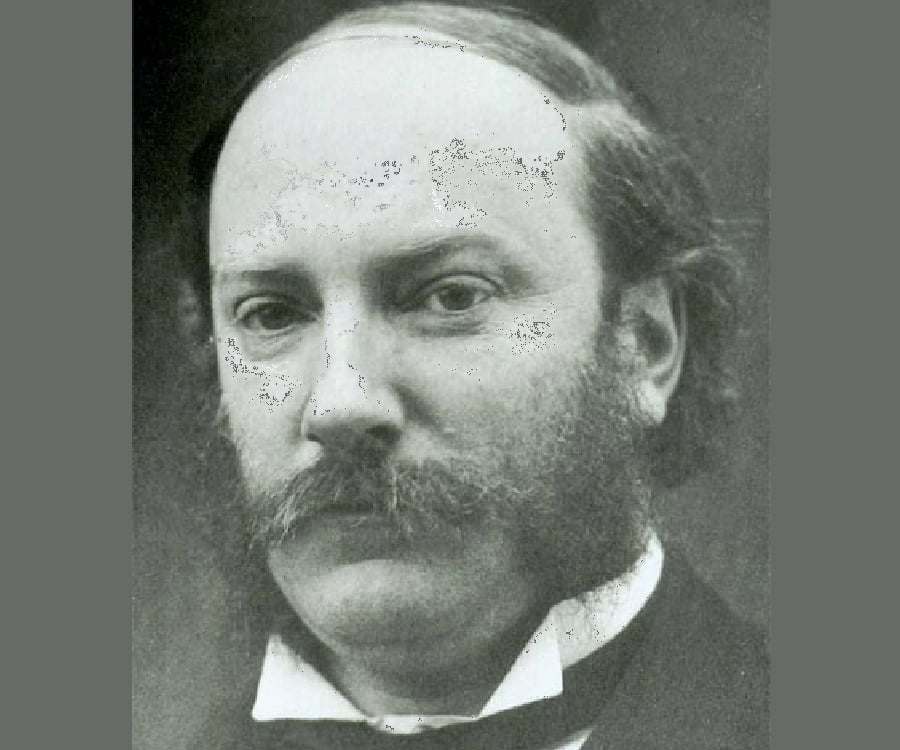The
scattering of light is an important part of our daily life, although
we didn't realize its importance. Scattering of light is different
from reflection, as in reflection, the the light rays are deflected
in one direction whereas in scattering, every object or particles can
scatter light and illuminates them in all directions. Scattering of
light is because of atoms or molecules in the atmosphere which are
exposed to light absorb the light energy and re-emit the light in
different directions with different intensities. The reflections that
undergo scattering are called diffuse reflections. In considering the
scattering of light in the atmosphere, there are mainly two types to
consider and they are Rayleigh Scattering and Debye Scattering.
 |
| Lord Rayleigh |
The process has been named in honour of Lord Rayleigh who in 1871 published a paper describing about this phenomenon. It
is an elastic scattering from small particles like atoms or
molecules, resulting in the scattered radiation that occurs in all
directions uniformly. Rayleigh scattering is wavelength dependent
with shorter wavelengths being more scattered. It is Rayleigh
scattering from molecules in the atmosphere which gives rise to the
formation of blue sky. Because the blue light from the Sun striking
the upper atmosphere is scattered approximately 10 times more than
red light so overhead the blue light is scattered in all directions
while the red light goes largely unscattered and back out into the
space.
>>
Debye Scattering
 |
| Peter Debye |
It
is an elastic scattering mechanism which occurs from relatively large
or molecules with dimensions comparable with the wavelength of the
incident radiation or larger and the resulting scattered radiation is
non-uniform. This effect is not wavelength dependent and this process
gives rise to the white scattered light seen in clouds and fog.
Tyndall
Effect
 |
| John Tyndall |
An Irish physicist named, John Tyndall in 1859 discovered this effect in colloidal suspensions. The
Tyndall Effect is the scattering of light by the particles as a light
beam passes through a colloidal solution or a fine suspension. The
individual suspension particles scatter and reflect light, making the
beam visible. The amount of scattering depends on the frequency of
the light and density of the particles. Also known as Willis-Tyndall
scattering and it is similar to Rayleigh scattering, in that the
intensity of the scattered light is inversely proportional to the
fourth power of the wavelength.
 |
| the colloidal solution in the second glass shows the tyndall effect
whereas the first glass with plain water doesn't show anything |






Comments
Post a Comment